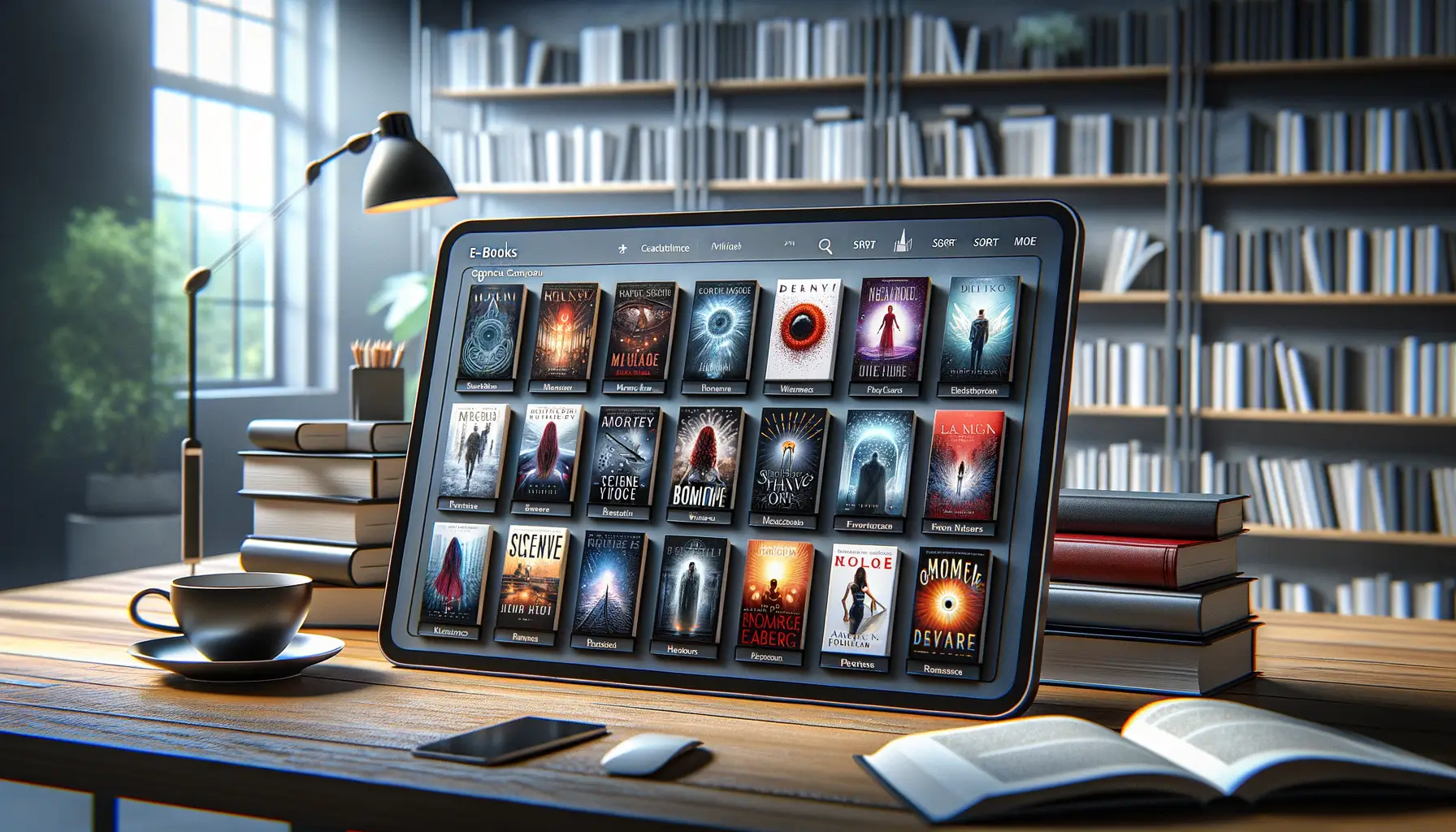Investments are no longer associated exclusively with stock markets and complex charts. More and more people are paying attention to tangible, touchable assets, where the value is determined not only by demand, but also by history, condition, and rarity. Coins are one of these assets: modest in appearance, but sometimes incredibly valuable. And although the interest in numismatics is not new, the main thing that has changed is the way we assess and make decisions.
When it comes to coin identification, modern technology plays a vital role. Today, to determine how valuable a coin is, you don’t need to be an expert or spend hours looking through catalogs. All it takes is a smartphone and a reliable tool like Coin ID Scanner that sees more than the human eye. What used to require expertise and connections now takes seconds – from recognizing a coin to pre-estimating its market value. The technology both simplifies the process and opens up access to an entire market that previously seemed closed to newcomers.
Coin Investing 101 — Why Coins Are Gaining Traction with Private Investors
When people talk about investments, they usually think of stocks, ETFs, or maybe even real estate. But physical assets like coins are quietly entering the spotlight – especially among private investors looking for something tangible, time-tested, and surprisingly accessible. You don’t need to be a millionaire or a lifelong numismatist. You just need a bit of strategy… and the right tools.
Coins are appealing because they check multiple boxes: historical significance, built-in scarcity, intrinsic metal value, and a collector market that doesn’t follow the same rules as Wall Street.
Some popular starting points for first-time coin investors include:
- Pre-1965 U.S. silver coins – like Mercury dimes and Walking Liberty halves with high silver content
- Key date quarters, including the elusive 1932-D or 1955 doubled die
- Wheat pennies, especially rare varieties from 1909-S or 1914-D
- Ancient Roman denarius, where rarity, emperor, and condition shape value
- Proof and limited-edition modern coins – often overlooked but highly liquid
- Gold coins such as the St. Gaudens $20 Double Eagle, British Sovereigns, or French 20 Franc Angel coins, South African Krugerrand i.e. special specimens to invest in
The biggest mistake? Thinking all coins with the same date and design are worth the same. They are not – and treating them that way is the fastest path to overpaying or underselling.
How to Evaluate Coin Potential — and Why “Eyeballing” Isn’t Enough
Knowing which coins to invest in is only half the equation. The real challenge lies in evaluating the specific coin you are holding – and whether it has actual value. Before investing in one piece, it is important to remember the rule of thumb: all examples are different (even if they seem identical). A coin isn’t valuable just because it’s old or shiny – its investment potential is a mix of factors that need to be assessed carefully and systematically. One might be worth $20, another $2,000. Condition, strike, grade, and even tiny die variations can turn a common coin into a major score – or a forgettable duplicate. Below is how an experienced collector usually find it out:
- Identify the coin. Try to determine the country, denomination, year, and mint mark. This defines the starting point for rarity and price range.
- Inspect the condition. Check for scratches, wear on high points, luster, and any signs of cleaning. Grading from “Good” to “Mint State” drastically affects value.
- Look for special traits. Search for varieties, errors, or unique features (like doubled dies, off-center strikes, or overdates) that increase collectability.
- Compare recent sales. Research prices from auction sites or certified coin dealers to see what similar coins in comparable condition are actually selling for.
- Evaluate market demand. Some coins may be rare but unpopular; others may be common but in high demand due to cultural or historical relevance.
Now, try doing all of that manually. Sure, Google can show you stock photos and vague price ranges, but it won’t tell you whether your 1932-D quarter has the telltale strike weakness that affects value. Forums and old catalogs don’t update in real time, and “eyeball grading” is notoriously unreliable – even among experienced collectors.
That is where modern tools make the difference. Coin ID Scanner turns your smartphone into a pocket expert, reducing risk and helping you make smarter decisions with every coin you consider. In a space where condition and detail rule everything, trusting your eyes alone just isn’t enough.
Coin ID Scanner — A Tool to Check Even the “Trained Eye”
Coin ID Scanner is not just another reference app – it is your digital coin expert, powered by advanced AI. Whether you’ve found an old coin in the wallet or you are actively building an investment collection, the app gives you a fast, smart, and accurate way to evaluate what you are holding.
The main features of the app:
- Instantly scan any coin using your smartphone camera
- Identify the type, denomination, year, and mint mark
- Detect key details like rarity and known varieties
- Estimate the coin’s grade (condition) automatically
- Provide a real-time market value range
Unlike guesswork or manual catalog comparisons, Coin ID Scanner uses AI models trained on thousands of real coins — including high-resolution images, certified grades, and historical pricing data. The result is a deeper, more accurate analysis in just seconds.
It is especially powerful for beginners, as there is no more need to memorize grading systems or scroll through endless forums about what you are seeing – or worse, what you are buying. Whether it is an investment coin or a common one that might just be something more, Coin ID Scanner helps you see what others might miss.

How Your Smart Assistant Works — Step-by-Step
Getting started with a Coin ID Scanner is as easy as flipping a coin. Seriously.
- Download and install the app on iOS or Android. It is light, fast, and ready to go right away.
- Open the camera and scan your coin – even in less-than-perfect lighting.
- In seconds, the app recognizes the coin, including year, mint, denomination, and country.
- Next, it assesses condition and value, giving you a grade estimate and price range.
- Save it to your collection, track price changes, or flag it for later review.
Behind the scenes, Coin ID Scanner runs on AI trained to recognize coins like a pro – spotting subtle differences in strike, wear, and details that are easy to miss to help you understand if it is worth keeping, selling, or buying more of.
The app is perfect for anyone who wants fast, reliable answers without diving into complicated catalogs. Picture this: you’re at a flea market and spot a dusty coin tray. One quick scan, and you know whether it’s junk or a jewel. Or you are sorting through inherited coins – now you’ve got a guide in your pocket. Simple. Smart. Surprisingly powerful.
First-Time Investor Pitfalls — What to Watch Out for (Even with a Great App)
Even with the best tools, smart investing takes more than just scanning and saving. A few key things to keep in mind:
- Don’t rely on price alone – Always consider market demand and liquidity
- Confirm authenticity – The app helps, but rare or high-value coins may still need expert verification
- Avoid trendy hype – Mass-produced commemorative coins may look cool but often held little real value
- Start small and stay organized – Make a few low-risk purchases and track everything (your digital collection in the app is great for this)
Coin collecting is both an art and a strategy. Coin ID Scanner helps you get the facts – the rest comes from learning, patience, and a good eye for history.
Start Your Own Path
Today, to take your first step into the world of numismatics, you don’t need to rewrite reference books or learn how to distinguish between “XF” and “MS”. Just look at a coin – and let a smart assistant show you what’s behind it, because everything you need is already in your phone.







